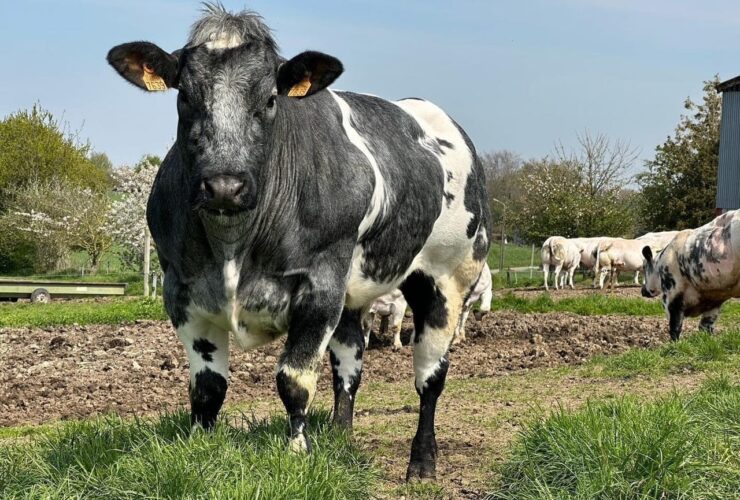Why is cutting beef against the grain important?
Melt in the mouth steaks are hard to ignore on any weekend. If you are fond of steaks and can’t stop drooling over it, you would be surely excited about finding interesting facts about it. You must have heard time and time again that beef should be sliced against the grain. But you may ask: what does that mean, and why is it important? For an elaborate answer, let’s dive deeper into the grain story.

Why do I need to cut against the grain?
The simplest answer to quench your thirsty mind is that: cutting the beef against the grain makes it more tender and less chewy. The grain of the beef refers to the direction that the muscle fibers lie in the cut of meat. As you may or may not know, these muscle fibers support the animals in their movement, so they can get somewhat tougher than the meat itself. After all, it is key to get your steaks as tender as possible.

How do I find the grain of the meat?
To find the grain, you have to notice what direction the muscle fibers move across the chosen piece of meat. They appear like long lines that run through your steak. In some pieces of beef, it is much easier to see the fibers running in a particular direction. Therefore, it is easier to identify grain in these cuts. On the other hand, you may have to struggle with leaner cuts like tenderloin.
Finding the grain of the meat may seem like an easy task, but it takes quite some practice to spot it right away. It’s somewhat like ‘reading the meat’ well. Sometimes, you may notice that some steaks have fibers running in all directions, especially with ribeye steaks and sirloin steaks. In that case, you’ll have to look a little closer to identify which direction the grain of the meat is running. Focus on finding multiple parallel lines of muscle fibers running down the meat. You will then find the general grain of the beef.

How do I cut against the grain of the meat?
Once you have found the grain of the meat, cutting the meat properly is the next thing to do. Rotate the steak 90 degrees to get a good angle for slicing. Next, cut vertically to the parallel fibers of the steak. You will then achieve a perfectly sliced steak that is ready to be served to your guests.

What is the result of cutting against the grain?
Cutting against the grain means slicing through the fibers to cut them short rather than cutting in the same direction that fibers run. Cutting it that way makes the meat easier to chew, since the major task of breaking up the fibers has already been done.
Slicing meat parallel to the muscle fibers (or in the same direction as the muscle fibers run) leaves chewy meat. Go against the grain and you’ll have more tender and delicious meat.

Conclusion
Slicing steaks in a particular way determines the outcome of what’s presented to your guests. It’s always more fulfilling to have tender beef rather than chewy steaks. Follow the path against the grain for delicious steaks and save yourself from chewing the beef. While it may take some practice at first, you will undoubtedly become a skilled beef cutter after just a few times of trying it. Be sure to start using these tactics immediately at your next dinner party!
Still looking for that perfect steak for your next dinner party? Find your piece here!




